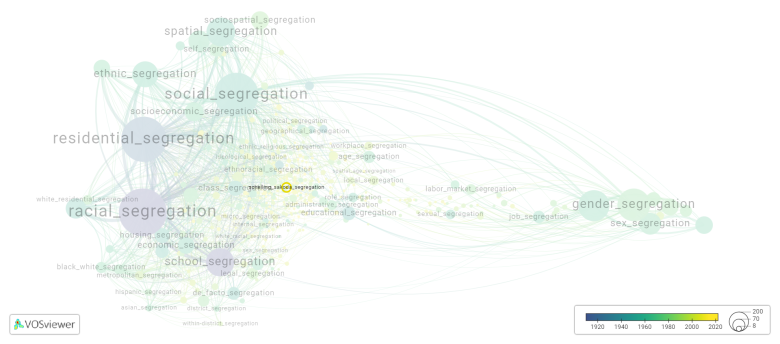Schelling sakoda segregation
Date and country of first publication[1]
2020
France
Definition
Schelling-Sakoda segregation refers to a social phenomenon where individuals choose to segregate themselves from others based on their characteristics, such as race, ethnicity, or socio-economic status. The term is named after economists Thomas Schelling and Junichi Sakoda, who studied this behavior in the context of residential housing patterns.
Schelling-Sakoda segregation occurs when individuals, even if they have no explicit preference for segregation, are more likely to self-segregate due to small biases and preferences in their social interactions. This can lead to the formation of homogeneous communities or neighborhoods, contributing to patterns of segregation in society.
The concept of Schelling-Sakoda segregation highlights the role of individual behaviors and preferences in creating and perpetuating segregation, and underscores the importance of addressing these underlying factors to promote diversity and integration.
See also
Related segregation forms
Schelling sakoda segregation is frequently discussed in the literature with the following segregation forms:
This visualization is based on the study The Multidisciplinary Landscape of Segregation Research.
For the complete network of interrelated segregation forms, please refer to:
References
Notes
- ↑ Date and country of first publication as informed by the Scopus database (December 2023).
Schelling sakoda segregation appears in the following literature
Collard P. (202). Second order micromotives and macrobehaviour. Journal of Computational Social Science, 3(1), 209-229. Springer.https://doi.org/10.1007/s42001-020-00062-z

